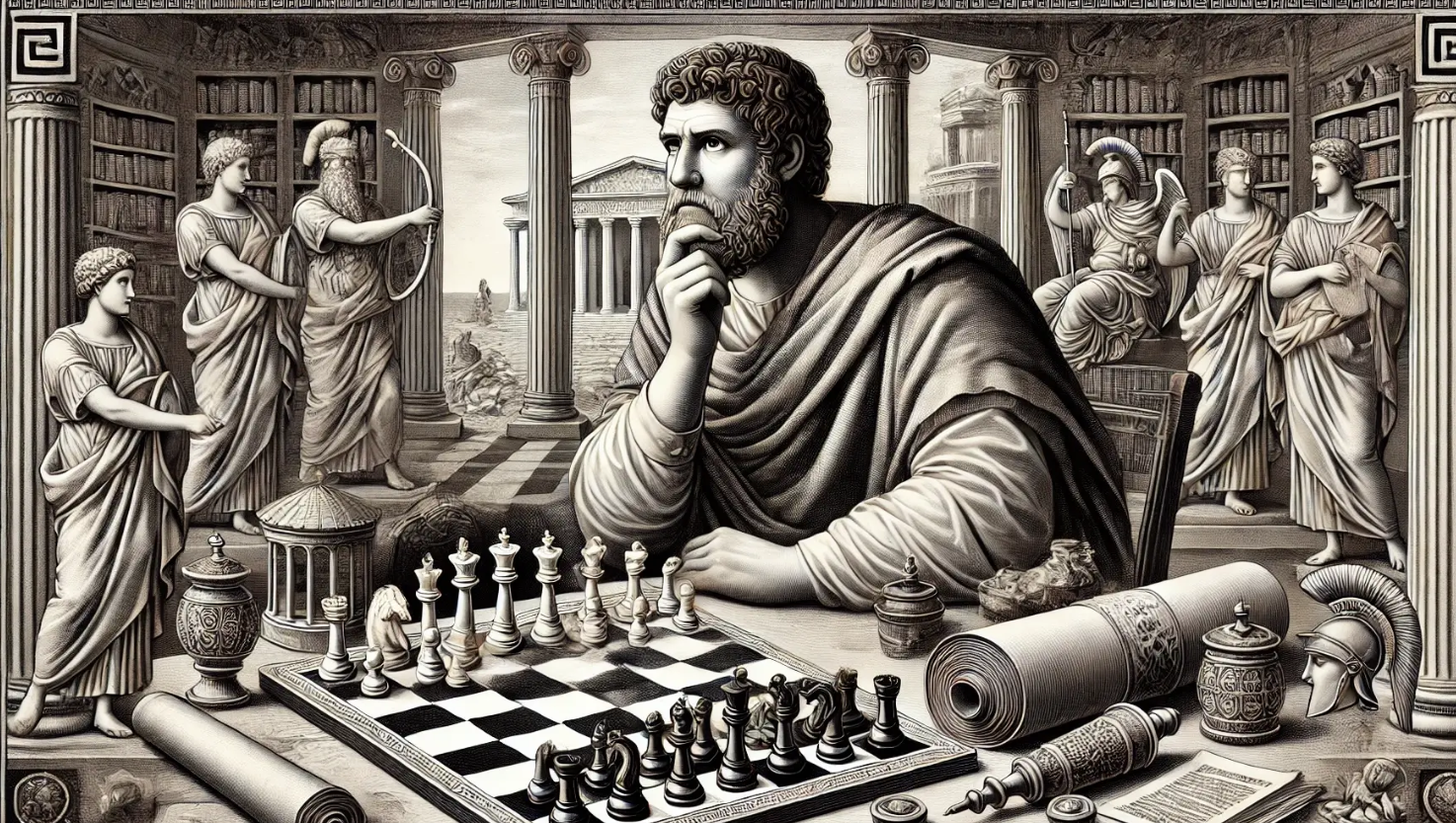Chess is more than just a board game—it’s a timeless symbol of strategy, intelligence, and human creativity. For centuries, it has fascinated kings, scholars, and everyday players alike. But where did chess come from, and how did it evolve into the global phenomenon it is today? Let’s take a journey through history.
Origins: Chess on Ancient Battlefields
The earliest form of chess can be traced back over 1,500 years to northern India. Known as Chaturanga, the game simulated a battlefield, with pieces representing elephants, chariots, cavalry, and infantry. From there, it spread to Persia, where it became Shatranj. Persian nobility embraced it, and the terminology of chess—like “check” and “checkmate”—comes directly from Persian words.
Chess Travels the World
When the Islamic empire expanded, chess traveled across the Middle East and into Europe. By the 9th century, it was played widely in Spain and Italy. Over time, the pieces evolved: elephants became bishops, chariots became rooks, and the queen—originally a weak piece—emerged as the most powerful unit on the board.
The Birth of Modern Chess
By the 15th century, chess as we know it today had taken shape in Europe. The introduction of the powerful queen and the faster-moving bishop dramatically increased the pace of the game. Chess transformed from a slow, methodical pastime into a dynamic and tactical contest.
Chess in the Age of Masters
The 19th century marked the beginning of organized chess tournaments. The first official World Chess Championship was held in 1886, crowning Wilhelm Steinitz as the inaugural champion. From that point on, legendary players like Emanuel Lasker, José Raúl Capablanca, and Alexander Alekhine pushed the boundaries of chess strategy.
The Soviet Chess Dominance
In the 20th century, the Soviet Union turned chess into a cultural and political symbol. Champions like Mikhail Botvinnik, Anatoly Karpov, and Garry Kasparov dominated the scene, inspiring generations of players worldwide. Chess became a battle not only of minds but of ideologies during the Cold War era.
Chess in the Digital Age
Today, chess is experiencing a renaissance. Online platforms like Chess.com and Lichess have made it accessible to millions. Streaming, YouTube channels, and even the Netflix series The Queen’s Gambit have sparked new enthusiasm. Artificial intelligence, with programs like AlphaZero and Stockfish, has transformed how players study and prepare.
Chess as a Global Sport
From casual games in parks to prestigious tournaments like the World Chess Championship, chess continues to evolve. Modern tournaments attract global audiences, blending tradition with technology, and proving that this ancient game is still as relevant as ever.
Final Thoughts
The history of chess is a story of cultural exchange, innovation, and the enduring appeal of strategy. What began as a battlefield simulation in ancient India has grown into one of the most beloved intellectual pursuits worldwide. Whether played on a simple wooden board or a digital app, chess remains a timeless battle of minds.

